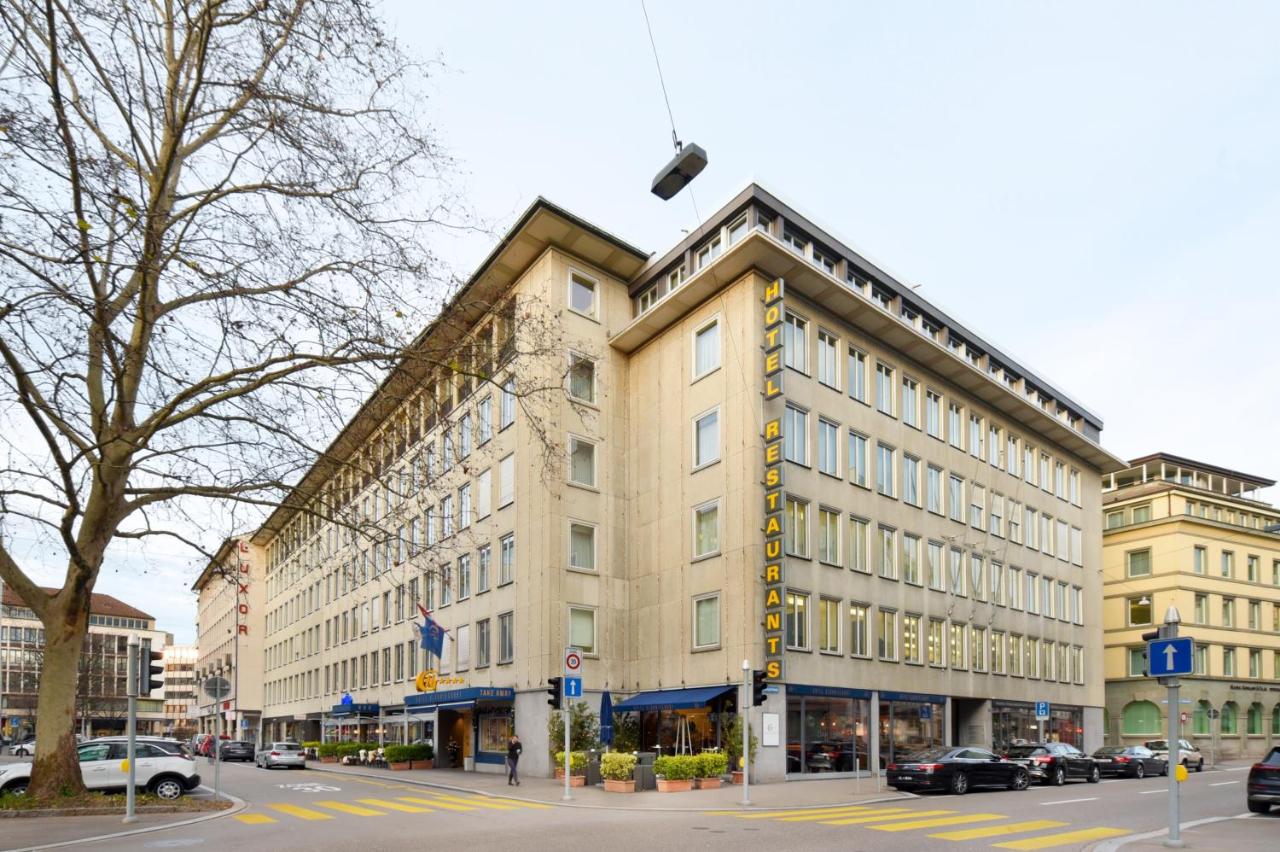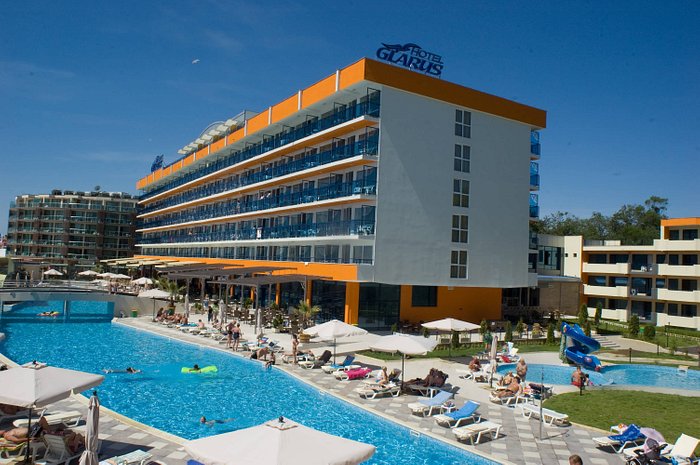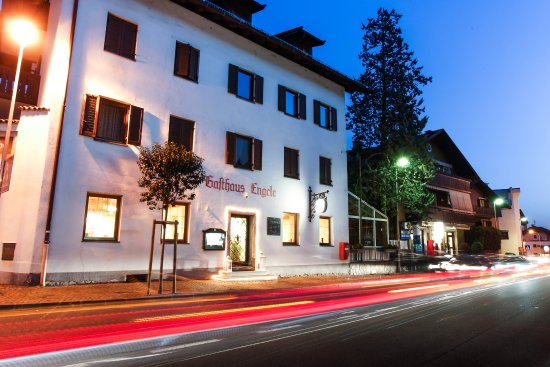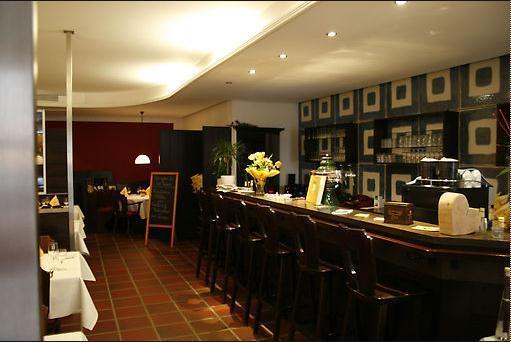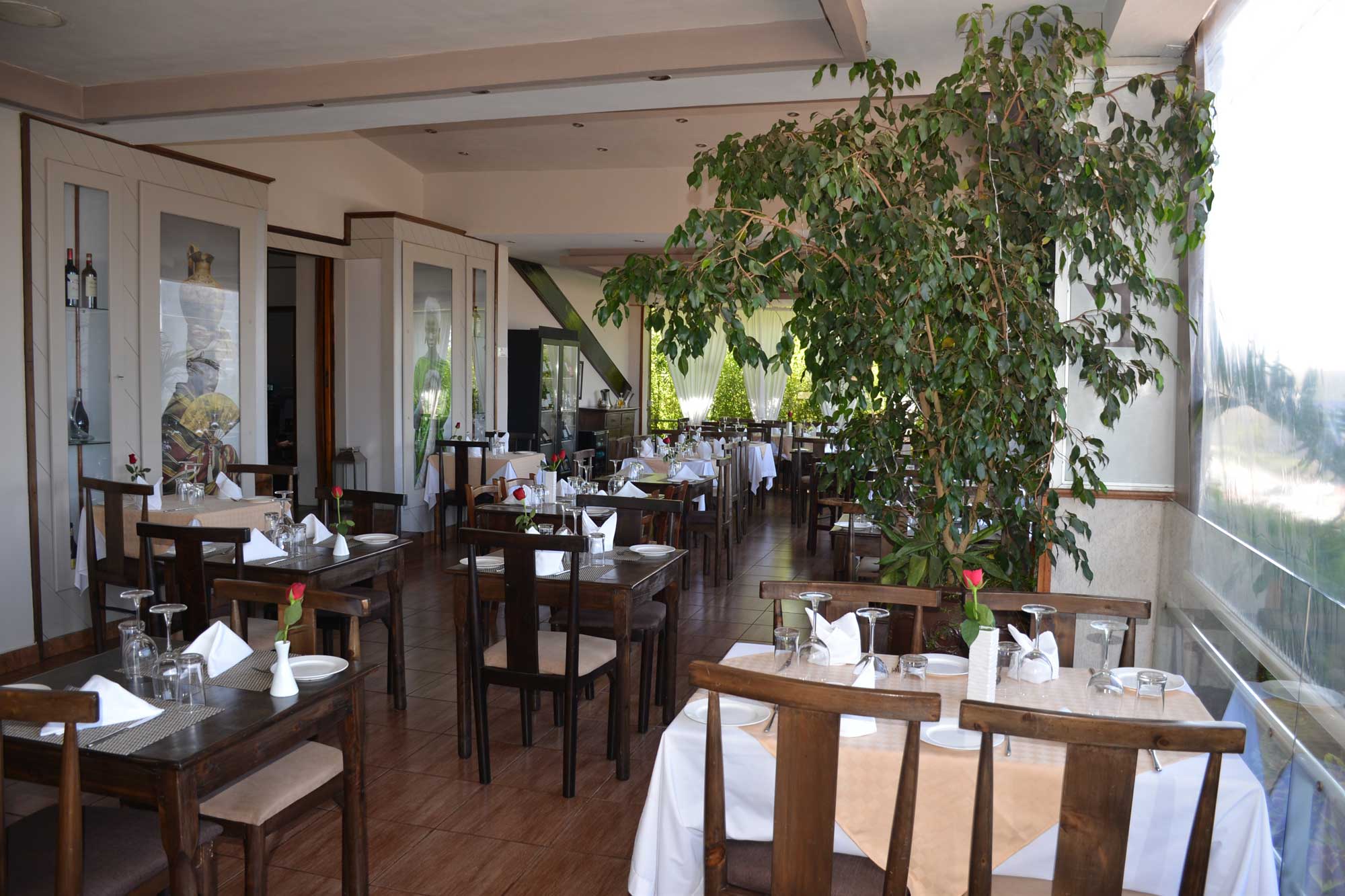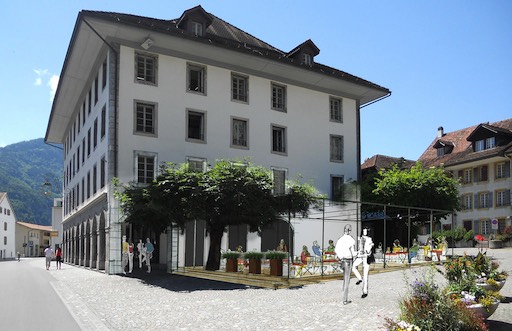Entry Into Confederation
CAPITAL AND LARGEST CITY
Glaris
AREA
103.6 km2
POPULATION (2019)
12,425
official language
German


Popular
Information about the canton's tourist attractions, including popular destinations, events, and activities.
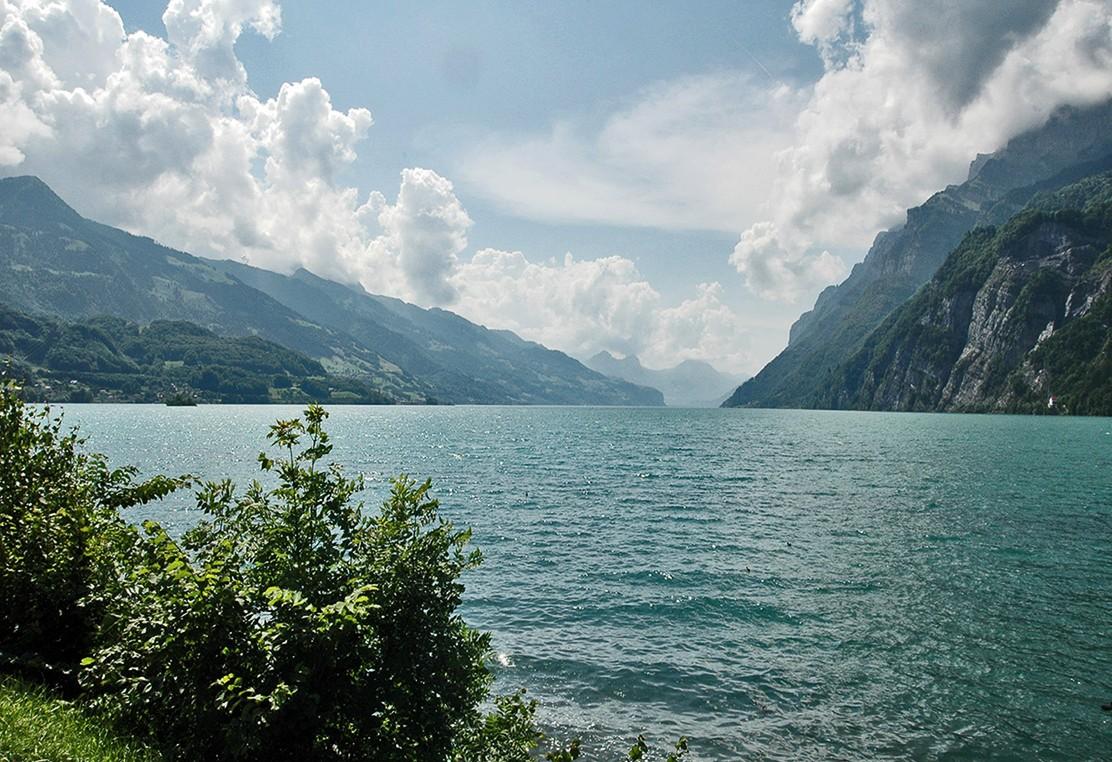
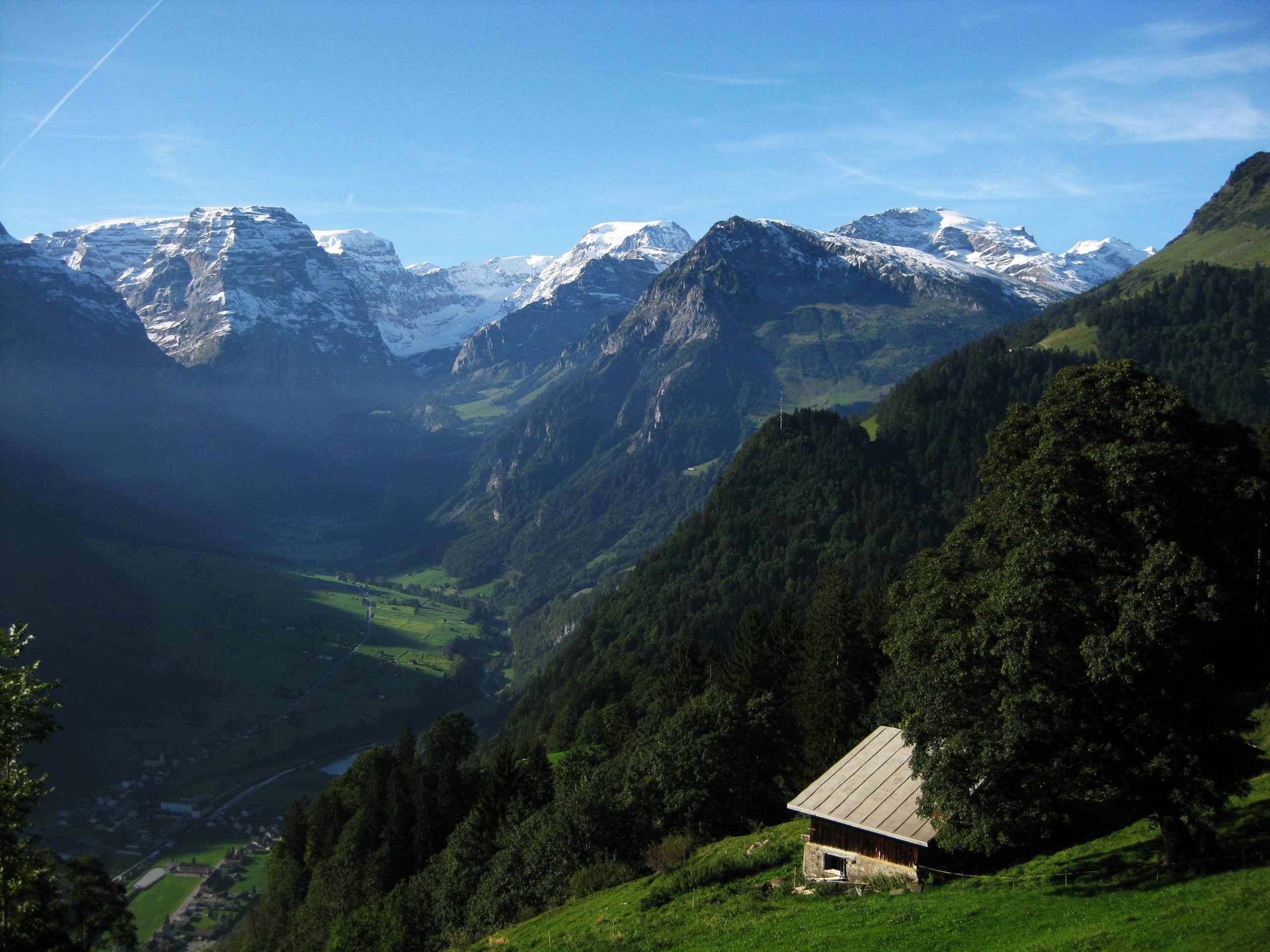
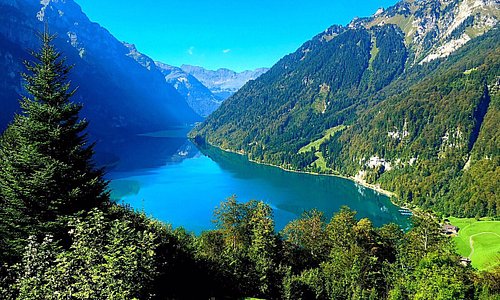
Political
The economy of the Swiss canton of Glarus is primarily based on tourism, small-scale industry, and traditional crafts. The region is known for its high-quality wood products and textiles, as well as its strong tradition of watchmaking and jewelry production. The tourism industry flourishes in the summer months, when visitors come to enjoy the scenic beauty of the Glarner Alps and Lake Walen. The region also benefits from its hydroelectric power production and the mining industry, which has a long history in the area.
Glarus is a canton with a unique system of government, as it operates under a partially decentralized system of government known as the "Glarus model". The canton is divided into 17 municipalities, each with its own government, but the canton also has a central government that is responsible for certain tasks such as education, health care, and tax collection. This system allows for greater local autonomy, while still ensuring that certain services are provided at the cantonal level. The government of Glarus is responsible for providing a high standard of living for its residents, with a focus on preserving the region's natural beauty and cultural heritage.
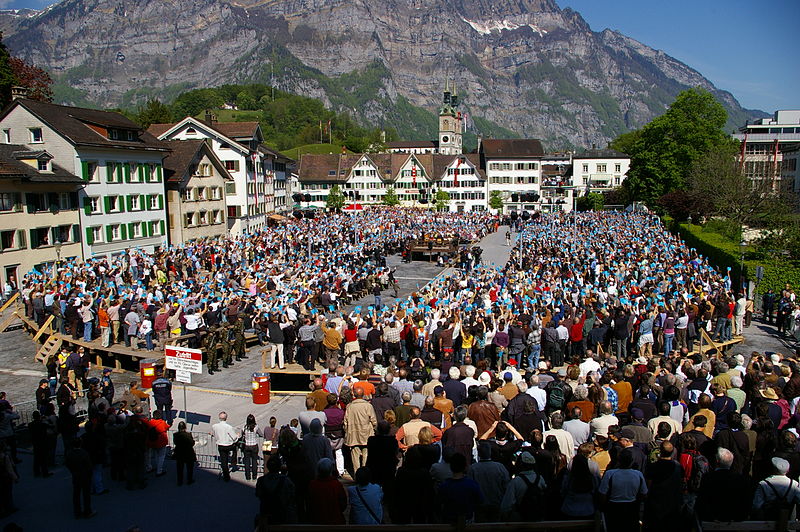
History
The history of the Swiss canton of Glarus dates back to the Middle Ages, when the region was a center of trade and commerce. The area was known for its production of textiles and other goods, and it played a key role in the development of the Swiss Confederation. During the Reformation, Glarus was a center of the Swiss Reformation, and its residents played a significant role in the establishment of the Swiss Confederation as a democratic state.
Glarus has a rich cultural heritage, and the region is known for its traditional folk culture, including its music, dance, and crafts. The region is also famous for its high-quality wood products, such as furniture and wooden toys, and for its production of textiles, including traditional Swiss costumes and blankets. The region is home to several museums and cultural institutions that preserve and promote its rich history and cultural heritage, including the Glarus Museum, the Swiss Museum of Folk Culture, and the Swiss National Museum.
The people of Glarus are proud of their cultural heritage and are committed to preserving and promoting their traditions. The region is a popular destination for cultural tourism, and it attracts visitors from all over the world who are interested in experiencing the unique history and culture of the Swiss Alps.
